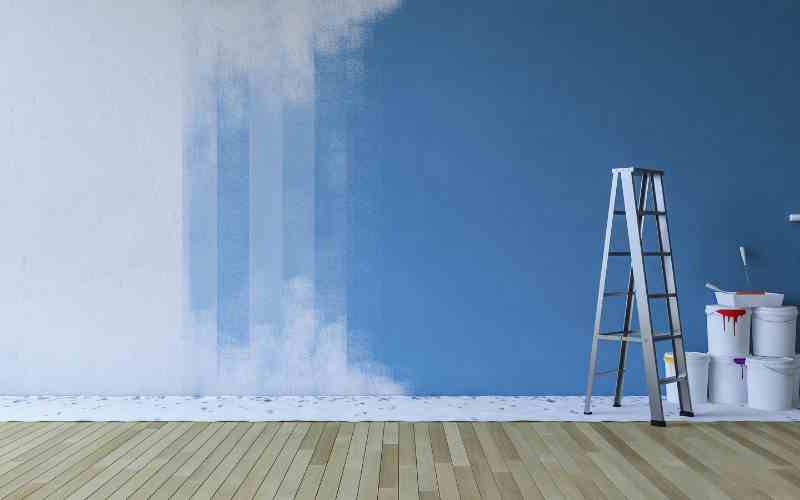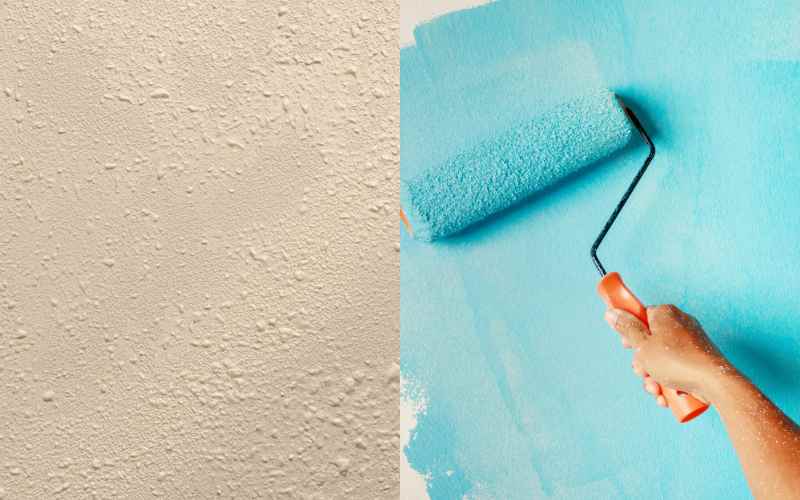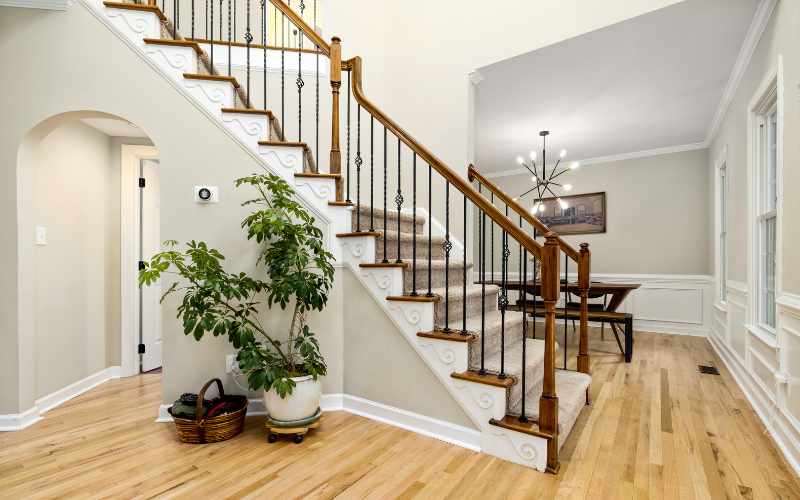Top Mistakes to Avoid When Painting Your Kitchen
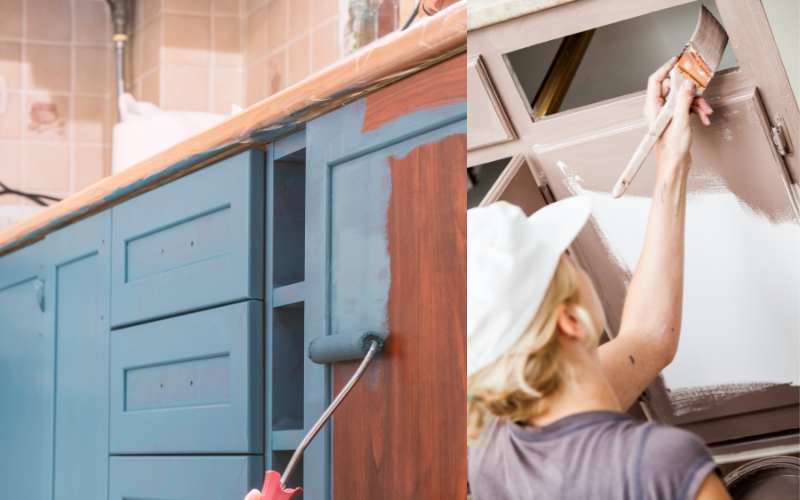
Domain's 2023 study says that "a new coat of paint can add up to 5% to the value of your home." That's a great win for such a small change, isn't it? Especially in the kitchen, where even a small change in colour can make the heart of your home feel new again. But here's the thing: painting your kitchen isn't as easy as just choosing a cool shade and picking up a brush. A lot of people don't realise how hard it is to paint a kitchen, and one mistake can cause paint to peel, finishes to streak, or even damage to your surfaces that lasts for a long time.
As experts in painting kitchens and houses all throughout Melbourne, we've seen too many DIY tragedies happen. That's why this blog shows you the most common mistakes people make while painting their kitchens and how to avoid them. This blog will help you make sensible, well-informed, and cost-effective choices, whether you want to do it yourself or hire specialists.
 Pro tip: Even if you're just touching up your walls, ignoring surface prep is a bad idea that never works.
Pro tip: Even if you're just touching up your walls, ignoring surface prep is a bad idea that never works.


 And for homeowners in Dandenong, our house painting services in Dandenong give great results that last.
And for homeowners in Dandenong, our house painting services in Dandenong give great results that last.
Skipping Surface Preparation
Let's start with the most typical mistake: not getting the surface ready. Kitchens get a lot of foot activity and grease. The paint won't stick well if you don't clean the dirt and oils off of the cabinets and walls. This causes paint to chip and flake, sometimes within weeks after being applied. What to do instead:- To clean surfaces well, use a degreaser.
- Sand the cabinets and walls lightly so that the paint sticks better.
- Before priming, fill in any gaps or cracks with filler.
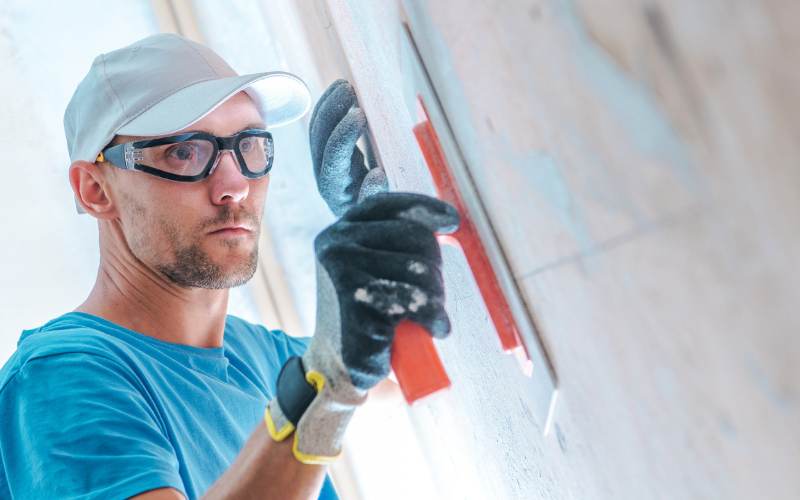 Pro tip: Even if you're just touching up your walls, ignoring surface prep is a bad idea that never works.
Pro tip: Even if you're just touching up your walls, ignoring surface prep is a bad idea that never works.
Using the Wrong Type of Paint
When it comes to high-moisture areas like kitchens, not all paint is the same. In the long run, choosing inexpensive or bad paint will cost you more. Avoid:- Flat or matte finishes on kitchen walls are hard to clean and soak up grease.
- Paints that are cheap and don't protect against mould or mildew.
- Walls and ceilings should have a semi-gloss or satin finish.
- Cabinet enamel paints that are durable and adhere well.
- Paints made particularly for places with a lot of humidity.
Skipping the Primer
You have to prime. It is really important. This is especially true if you're painting over a dark colour or raw wood. Priming enhances the paint's look, adherence, and colour retention. When you need to apply a primer:- Changing paint from dark to light
- Painting over wood, shiny surfaces, or raw plaster
- If there are stains, grease streaks, or smells on the walls
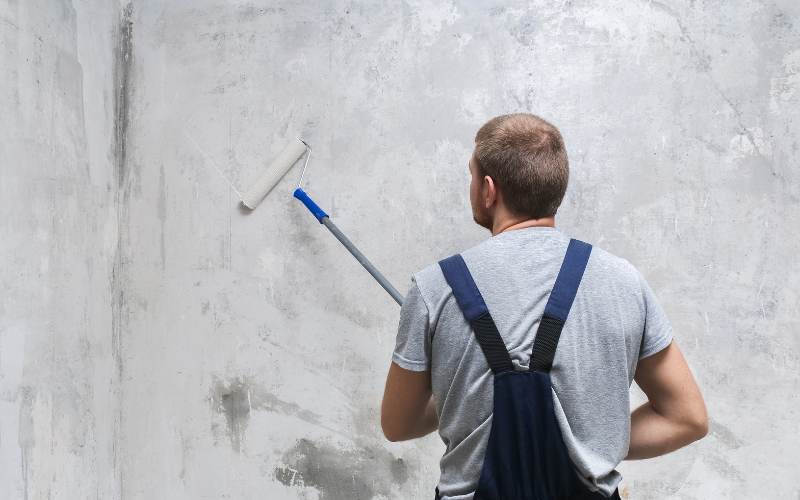
Not Considering Ventilation and Drying Time
One of the less obvious problems with painting the kitchen is keeping the humidity in check. An area that doesn't have enough airflow takes longer to dry, which might leave smudges or crusty finishes. Do not paint on days when it is damp and humid. If you have to, utilise fans or dehumidifiers to help things dry faster. Never add another layer before the first one is completely dried. Rushing the procedure is a sure way to mess up.Ignoring Cabinet Hardware and Appliances
A lot of homeowners try to paint around doors, hinges, plugs, and even the fridge! This not only makes the finish seem bad, but it also makes the paint job last less long. What to do:- Take off all the knobs, outlet covers, and hardware.
- Tape around gadgets that are always on
- Put drop cloths on the floors and surfaces.
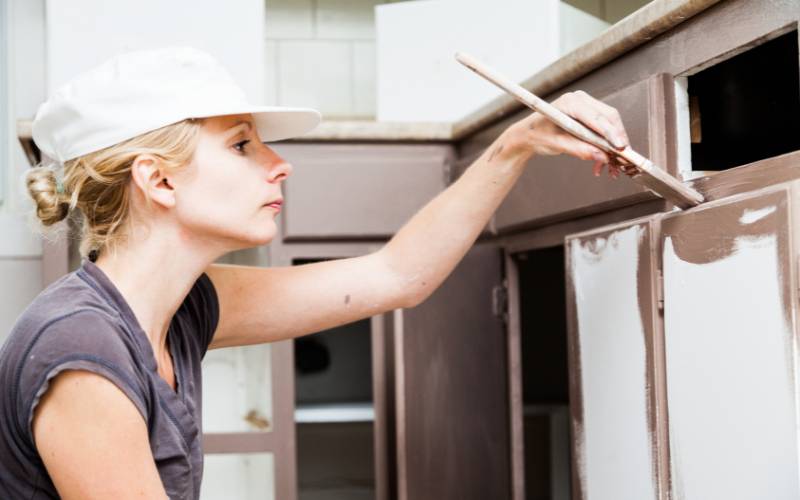
Choosing Trendy Colours Without Planning
While vivid kitchen colours are all the rage on Pinterest, what works in a showroom doesn’t always work in actual homes. Colour impacts light, space, and mood. If you choose the wrong colour, your kitchen could feel too small or too gloomy. Things to think about before choosing a colour:- To what extent does your kitchen receive sunlight?
- Are your cabinets painted or made of wood?
- Do you like a cosy, lively, or tranquil mood?
Underestimating the Time and Effort Involved
It takes more than a weekend to paint a kitchen. It can take a few days to clean, sand, prime, paint, dry, and put everything back together, especially in bigger or more complicated kitchens. If you don't have a lot of time or experience, hiring a pro can be the best thing to do. A lot of homeowners call us after a DIY job goes wrong, like painting their house in Caulfield, and it costs them twice as much to correct it.Skipping Professional Advice
Getting assistance from professionals can help you save time and money, even if you plan to do it yourself. Good house painting firms in Melbourne will give you a free price and consultation.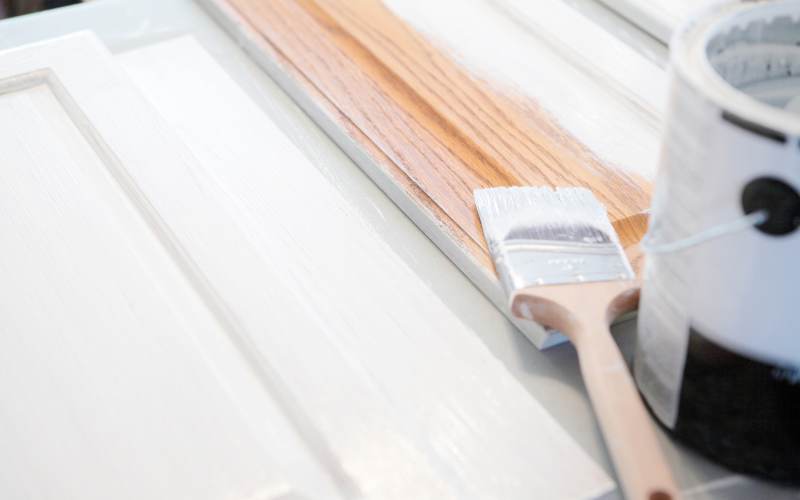 And for homeowners in Dandenong, our house painting services in Dandenong give great results that last.
And for homeowners in Dandenong, our house painting services in Dandenong give great results that last.




